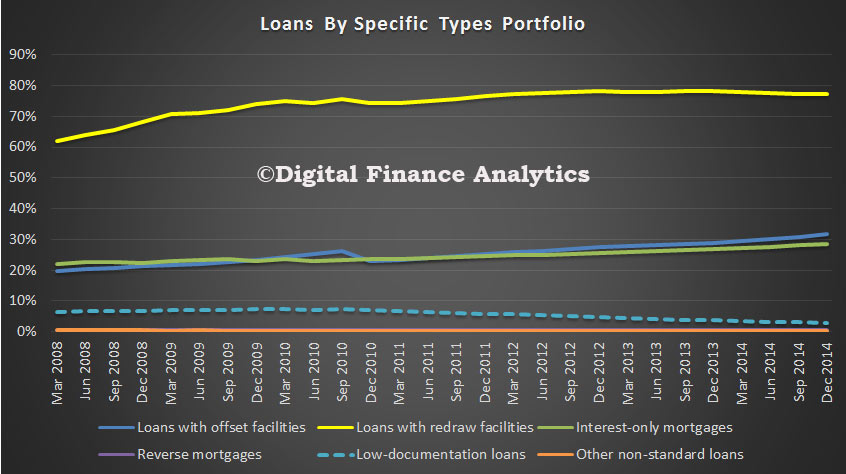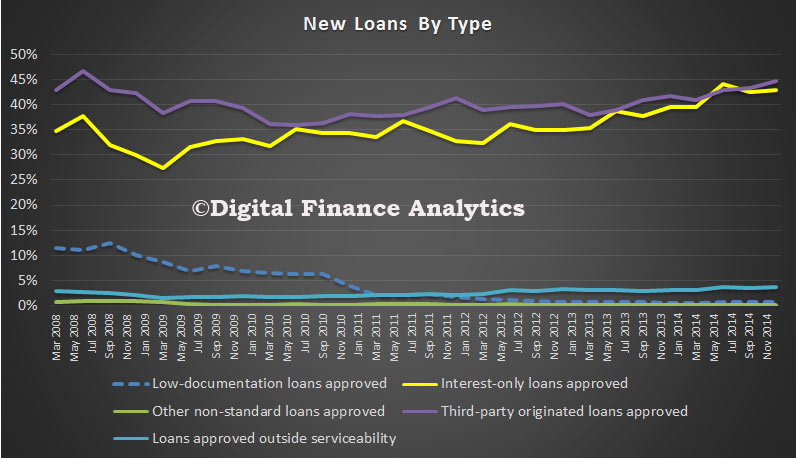The Government is seeking views on proposed reforms to strengthen Australia’s foreign investment framework, particularly around residential real estate and agriculture. DFA welcomes this, as we know overseas investors are impacting the market, and evading current light touch regulation. The proposed reforms include:
- increasing compliance and enforcement activities around foreign investment in residential real estate through the creation of a specialised investigative and enforcement area within the Australian Taxation Office; and
- introducing new civil penalties and increased criminal penalties for foreign investors and third parties who breach the foreign investment rules.
Enforcement
The House Economics Committee report made a number of recommendations to improve data collection, compliance and enforcement activities around foreign investment in residential real estate. It recognised that while the Foreign Investment Review Board and Treasury were well placed to continue undertaking the upfront screening of residential real estate applications, its internal processes and lack of specialist investigative and enforcement staff have weakened the enforcement of the foreign investment rules.
The Government believes there would be benefits to creating a new specialist, dedicated compliance and enforcement area to support the functions of the Foreign Investment Review Board and Treasury Secretariat. Having considered a range of possible alternatives, the Government considers the Australian Taxation Office to be the best place to undertake this role, as it has staff with appropriate compliance and enforcement skills, sophisticated data-matching systems and experience in pursuing court action. This would involve the creation of a new unit within the Australian Taxation Office. The costs of administering this new function would be offset through the introduction of application fees on foreign investment proposals (see the section below on application fees).
The Australian Taxation Office (in consultation with Treasury and relevant agencies) would be tasked with using its sophisticated data matching systems to detect instances of potential non-compliance with the foreign investment rules, drawing on land titles data from the states and territories, its own taxpayer information, foreign investment approvals data and immigration movements data. Possible breaches would be followed up by compliance staff, with a range of penalties available to be applied as appropriate (see the section below on penalties).
The Government is also proposing to amend the Foreign Acquisitions and Takeovers Act 1975, the Taxation Administration Act 1953, an Instrument under the Migration Act 1958 and any other relevant legislation to ensure that data can easily be shared between agencies. The Foreign Acquisitions and Takeovers Act 1975 would also be amended to ensure that the Australian Taxation Office is able to issue statutory demands for information where it has reason to believe that a person has information about a matter that may breach the foreign investment rules.
Penalties
The Government is considering extending civil pecuniary penalties and infringement notices to business, commercial real estate and agricultural investment applications. While there is limited evidence to suggest non-compliance in these areas, civil pecuniary penalties and infringement notices will supplement the current criminal penalties and provide additional enforcement options should the need arise.
Civil pecuniary penalties could apply where a foreign person acquires a business or acquires rural land without approval. As with residential real estate the infringement notice regime could be tiered and could apply to more minor breaches, for example where a foreign investor voluntarily comes forward.
The penalty regime being considered for breaches of the rules around business, commercial real estate and agricultural investments are set out in the table below. The indicative new penalties would supplement the existing criminal penalties (currently, 500 penalty units ($85,000), imprisonment of two years or both) — with corporations subject to a multiplier of five.
Fees
Consideration is also being given to the introduction of an application fee on all foreign investment proposals, based on the type of investment.
- Residential real estate properties less than $1 million – $5,000
- Residential real estate properties equal to or greater than $1 million $10,000
- Residential real estate properties equal to or greater than $2 million $20,000
- Residential real estate properties equal to or greater than $3 million $30,000
Residential real estate properties equal to or greater than $4 million $40,000 - Residential real estate properties equal to or greater than $5 million $50,000;
- then $10,000 incremental fee increase per additional $1 million in property value
- Advanced off-the-plan certificates – Fee based on rates above and number of units sold to foreign purchasers
Currently, property developers can apply for an advanced off-the-plan certificate to sell new apartments in a development of 100 or more to foreign investors (the investor does not then need to obtain separate approval). These certificates are granted on the condition that the apartments are marketed in Australia, as well as overseas, to ensure that domestic buyers have the same opportunity to purchase the apartments. However, there are currently no penalties for breaching this condition.
The House Economics Committee report recommended a tightening of the rules around advanced off-the-plan certificates to ensure developers comply with their obligations to market properties to domestic buyers, including the introduction of penalties to deter non-compliance.
Recognising these concerns, the Government is proposing to strengthen enforcement options by subjecting developers to civil and criminal penalties under the Act in line with other offences (see the section above on penalties).
In addition, the Government is proposing to tighten the rules around the use of advanced off-the-plan certificates by limiting the value of all apartments that can be bought by a single foreign investor to $3 million in any single development. If foreign investors want to purchase apartments above this value, they would have to seek individual approval. This would reduce the scope for any criminal behaviour (such as money laundering) by ensuring that high wealth investors are subject to the upfront screening process.
The Government also intends to introduce a new $55 million screening threshold for foreign investment in Australian agribusiness, subject to public consultation on the definition of agribusiness.
The closing date for submissions is Friday, 20 March 2015.




